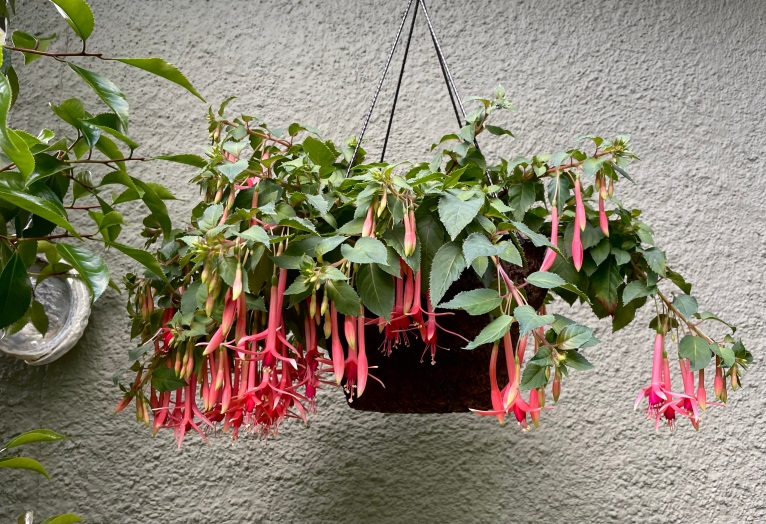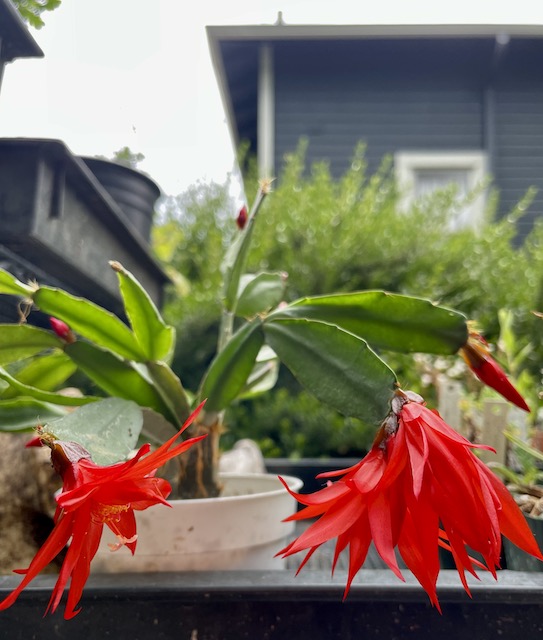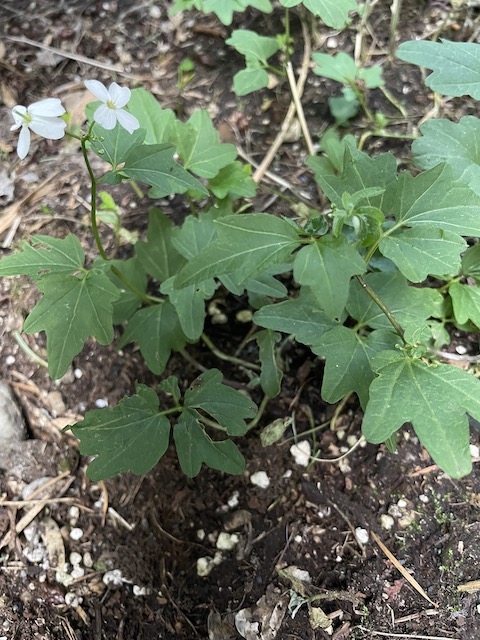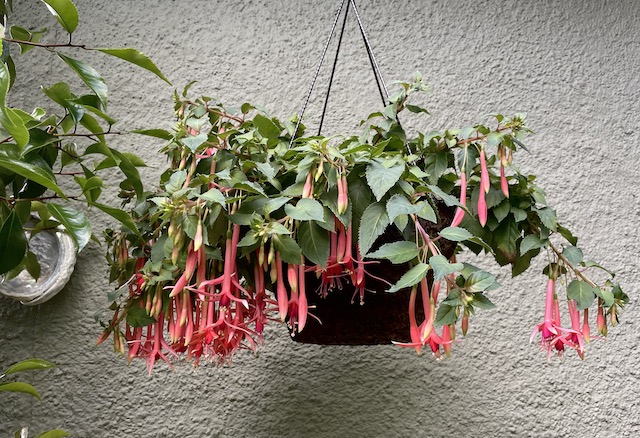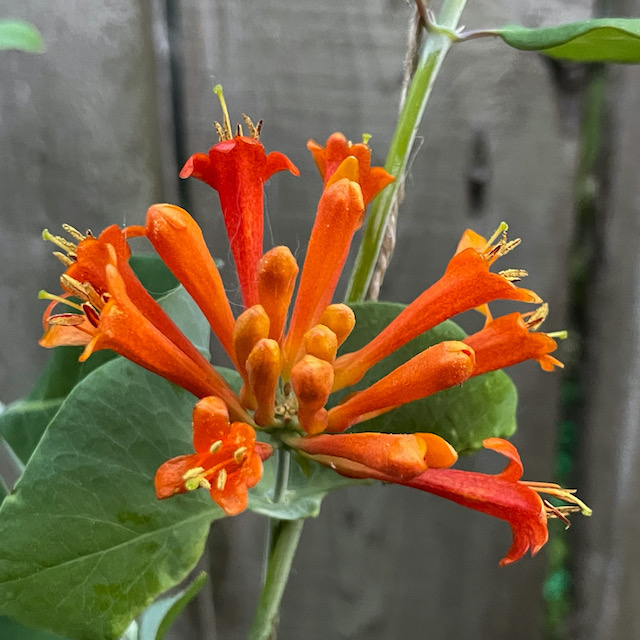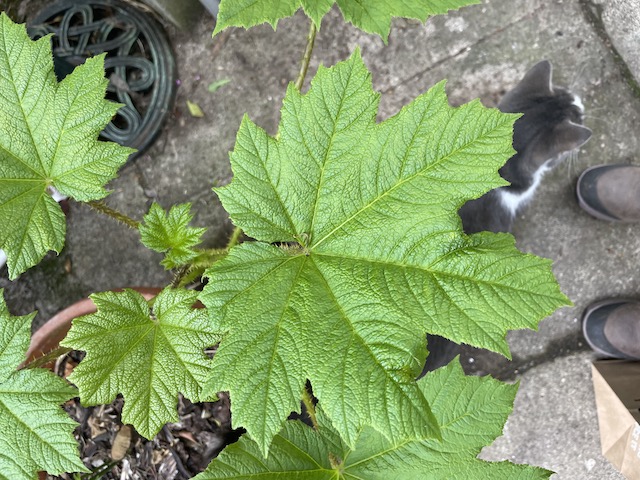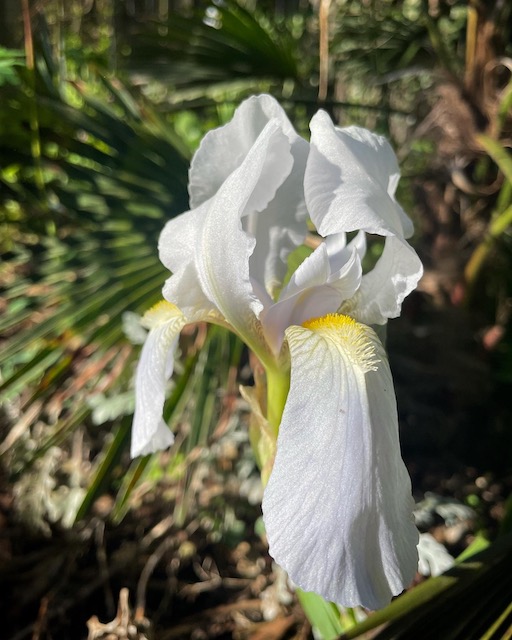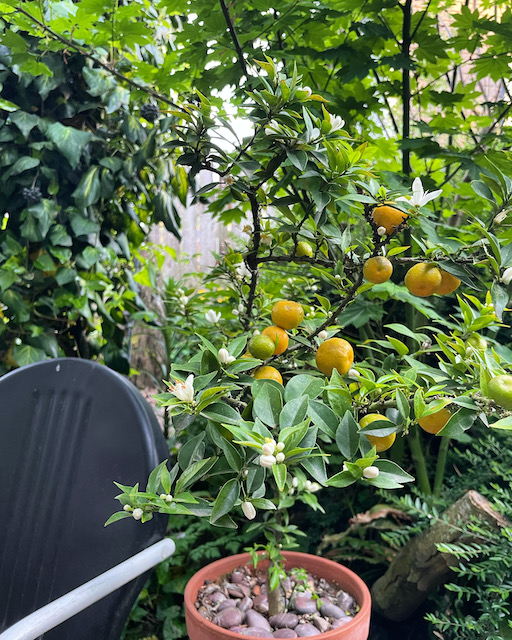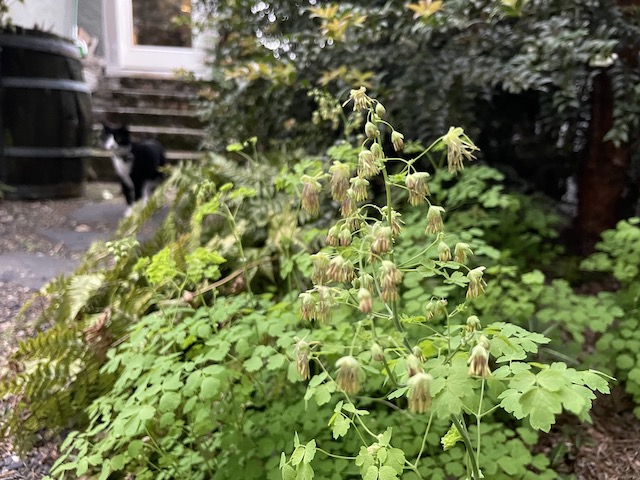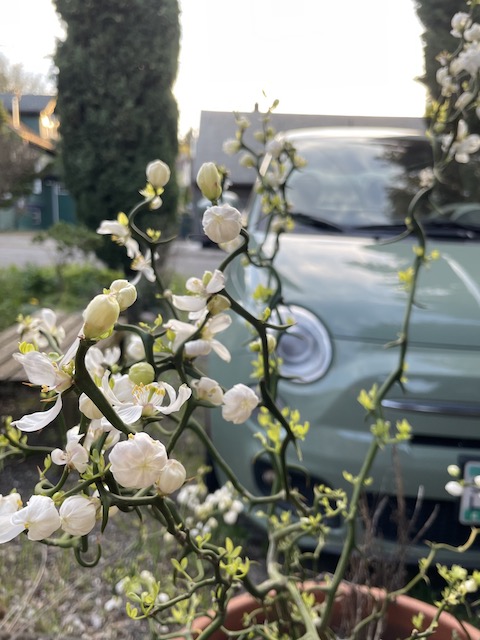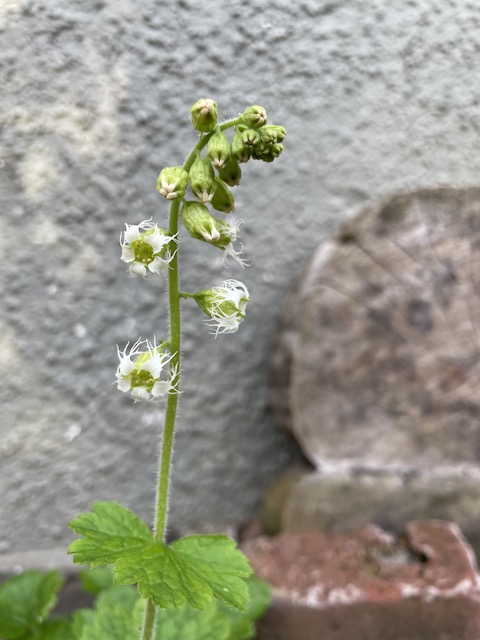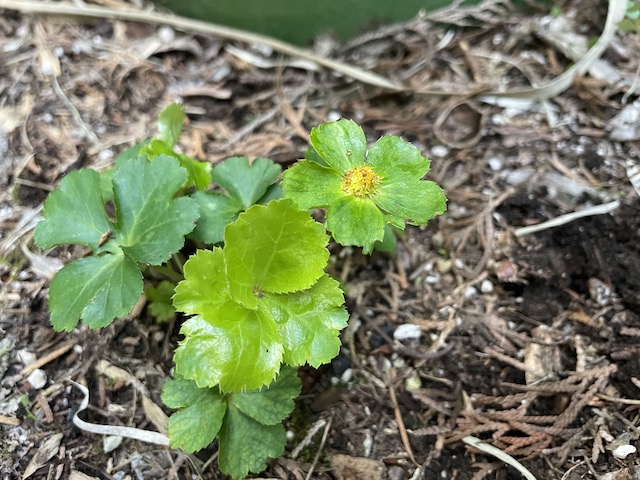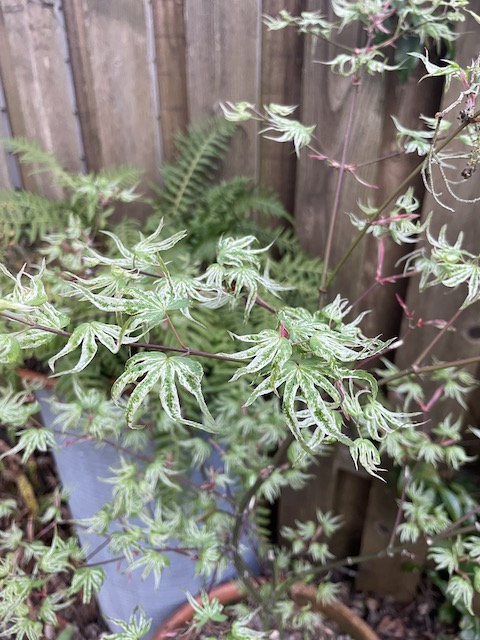Hope you don’t mind that I’m posting these a bit late. I’ve got to catch up on this so I can get to my Top 10 list for June before it’s August and I need to complete one for July too! Oh the crush of time. A few of these plants were gifts from friends and I’m realizing more and more how special that can make something to me. Friendship means the world to me.
One: This was a little gift from Evan. Rhipsalidopsis ‘Lauren’ bloomed for me indoors in May so I took it outdoors for its closeup. I love red so these blooms brightened my day and were long-lasting too. Many smiles were had since it lifted me up each time I spotted it. That’s a funny thing about flowers. They can cost more than a cookie, but I sure don’t get as fat enjoying them.
Two: This one is sadly not our native Cardamine nuttallii, but Cardamine trifolia still performs well enough and does make a nice tight ground cover. Luckily I have the native one as well, but it’s not established enough in the garden yet for me to comment on, but I hope to post more about growing it in the future.
Three: It was a huge surprise to receive this gift from Nathan Champion of Champion Acres Nursery. Years ago we were coworkers and we’ve stayed in contact ever since… (I guess I’m not as bad as some people think lol.) To say this Fuchsia ‘Pour le Menneke’ aka Fuchsia ‘Poermenneke’ is a stunner is an understatement. The blooms last and last, and it’s been making the back garden feel special all summer long—but it started back in May! What a great gift this was and its something garden guests have all enjoyed.
Four: This tree has been posted at least once or twice on my site. Ever since I saw one in a garden, I’d wanted one, and I’ve really enjoyed watching this little one grow. Before I know it, it will be huge. Eventually it will be planted in the ground, but for now, this Acer palmatum ‘Ukigumo’ is happy in its terracotta container in the back garden. I can watch its white leaves glow back there. It really does have that white cloud look to it.
Five: Kind of embarrassing—to say the least—that it took me so long to plant my Lonicera ciliosa vine. I have another and it’s not yet in the ground. Yes, it’s crazy to procrastinate planting these native vines since they are so beautiful!! Being less problematic than our other native honeysuckle (Lonicera hispidula), this one doesn’t get mildew—at least not yet. We shall see.
But those flowers. Wow.
Six: A year or two ago my friends and I potted up a piece of this devil’s club from my family’s property near the coast. Oplopanax horridus is one of those plants I discovered as a kid by absentmindedly grabbing at it to clutch onto as I was trying to exit a creek or stream. Ouch! But it’s a brutal stunner. It’s a painful pretty. Now this one is planted and doing great in the ground in the back garden.
Seven: The fragrance of an Iris florentina is undeniably something special—at least for me. Iris plants in general often annoy me since their blooms are so ephemeral and I have to work hard to keep them healthy and happy in a greenhouse environment, but this, uh… With that hint of a pale blue-grey, this one is a favorite of mine in the garden and I’m happy to have two established patches going.
Eight: The Citrus myrtifolia has been a much loved container plant for years. Fragrant blooms, and the connection to the production of a delicious beverage called chinotto is all I need to add. Now I want some…
Nine: Whenever I see the dangling tassel bits attached to the male flowers on the Thalictrum occidentale plants I giggle. That tiny jostle, it’s so sensitive to a light breeze—oh the magic in the air! (These are wind pollinated to it actually does make sense…
Ten: Last but not least is this heirloom Iris ‘Cheer’. It was a gift from Baldassare, and is an older hybrid which is fragrant and reblooms. Since doing so though I’ve realized there are a fair number of them with a hint of a whiff of something. I guess they all kind of smell a bit like Palmolive to me. I suppose it could be worse…
So that’s it for now! Hope to get more posts rolled out soon. With lots of the garden redo underway, I hope to rest more and have time to type up my thoughts as summer engulfs us.
